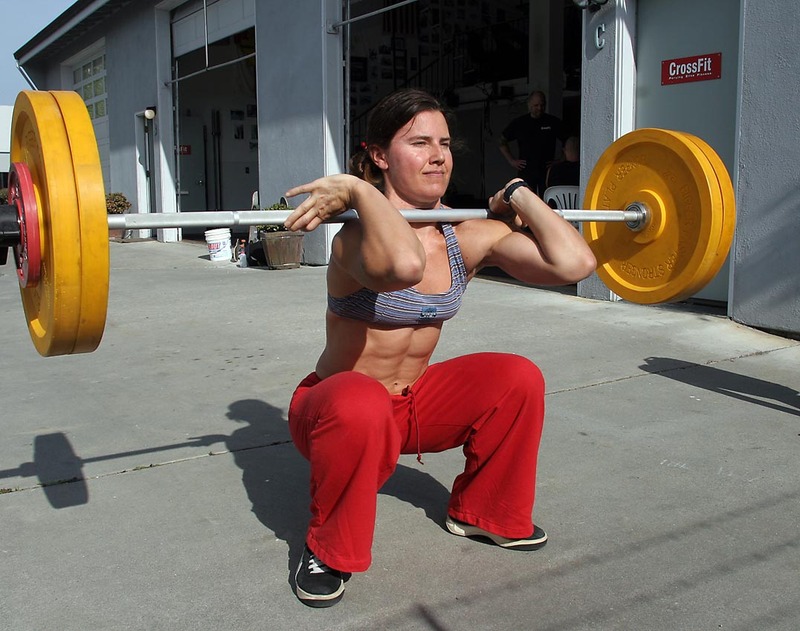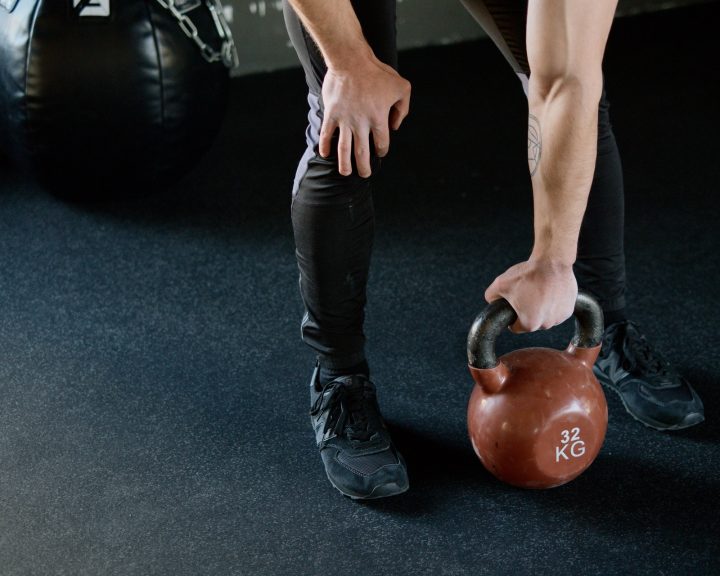The Olympic lifts have several phases. The first pull, where the bar is slowly lifted off the ground. The second pull, which is the explosive part of the lift. The amortization phase which is the unloading phase where the lifter moves under the barbell. The “catch” and the finish.
Most studies that involve the Olympic lifts are done starting with the second pull. The lifter moves into the hang position and then executes the lift as prescribed.
However, many strength and conditioning coaches use the lifts from the floor. In other words there is a first and second pull. While this is more technical demanding, James et al (2020) note that this results in greater amounts of force being produced.
James et al (2020) had a study published in the Journal of Strength and Conditioning Research that looked at the challenges of including the first pull in research on the Olympic lifts. The challenge seems to be in defining when the force-time curve (assuming the lift is being done on a force platform) begins. According to the authors, the challenge with incorporating the first pull into a research study looking at kinetic and kinematics is that there are different methods for identifying the onset of the exercise and this can impact the results. In addition, not everyone is consistent in terms of how they apply force to the bar which also impacts results.
With this in mind the authors studied fourteen recreationally trained men. Each subject was analyzed performing two maximal effort snatch-grip pulls with 70% of their 1-RM power clean from mid-shank while on a force platform. The data on the lifts were analyzed using three different starting positions for recording the data: force output that is 5% above system (athlete plus barbell) weight, the first sample where force output is above system weight, or when the force output is 10 newtons above system weight.
Results:
The table below summarizes the changes between the conditions. Note that these show how much larger (positive number) or smaller (negative number) that two conditions (first sample where force output is above system weight and 10 newtons above system weight) compare to when the force output is 5% above system weight.
| 1st above | 10N above | |
| 1st Pull: | ||
| Peak force (N) | 0 | 0 |
| RFD (N/S) | -21% | 18% |
| Peak vel (m/s) | 6% | 3% |
| Peak Power (W) | 4% | 4% |
| 2nd Pull: | ||
| Peak force (N) | 0 | 0 |
| RFD (N/S) | 0 | 0 |
| Peak vel (m/s) | 1% | 1% |
| Peak Power (W) | 3% | 1% |
- For the first and second pull, peak force remains constant across conditions.
- Rate of force development is very different depending upon the condition with the first pull, but not the second.
- Peak velocity is impacted by the condition with the first pull, but not the second.
- Peak power is impacted by the testing condition, but minimally (1-4%)
- The reliability of the measures during the first above and 10 newton above conditions was poor compared to the 5% above condition
- Stronger individuals have greater reliability with force, velocity, and power regardless of the condition
What does this mean? It means that how you measure something impacts how reliable the data is and it impacts measures especially during the first pull of an Olympic lift.
The last bullet is really important. The authors also looked at different groups in this study, one group was able to power clean more than their bodyweight (the stronger group), the other group could not. The stronger group had greater reliability in terms of their force outputs, power outputs, and velocities across the conditions. This means that stronger individuals can produce greater performances despite flaws in their technique – in other words strength does overcome technical flaws sometimes!
James, L.P., Suchomel, T.J., McMahon, J.J., Chavda, S., and Comfort, P. (2020). Effect of onset threshold on kinetic and kinematic variables of a weightlifting derivative containing a first and second pull. Journal of Strength and Conditioning Research, 34(2): 298-307.




